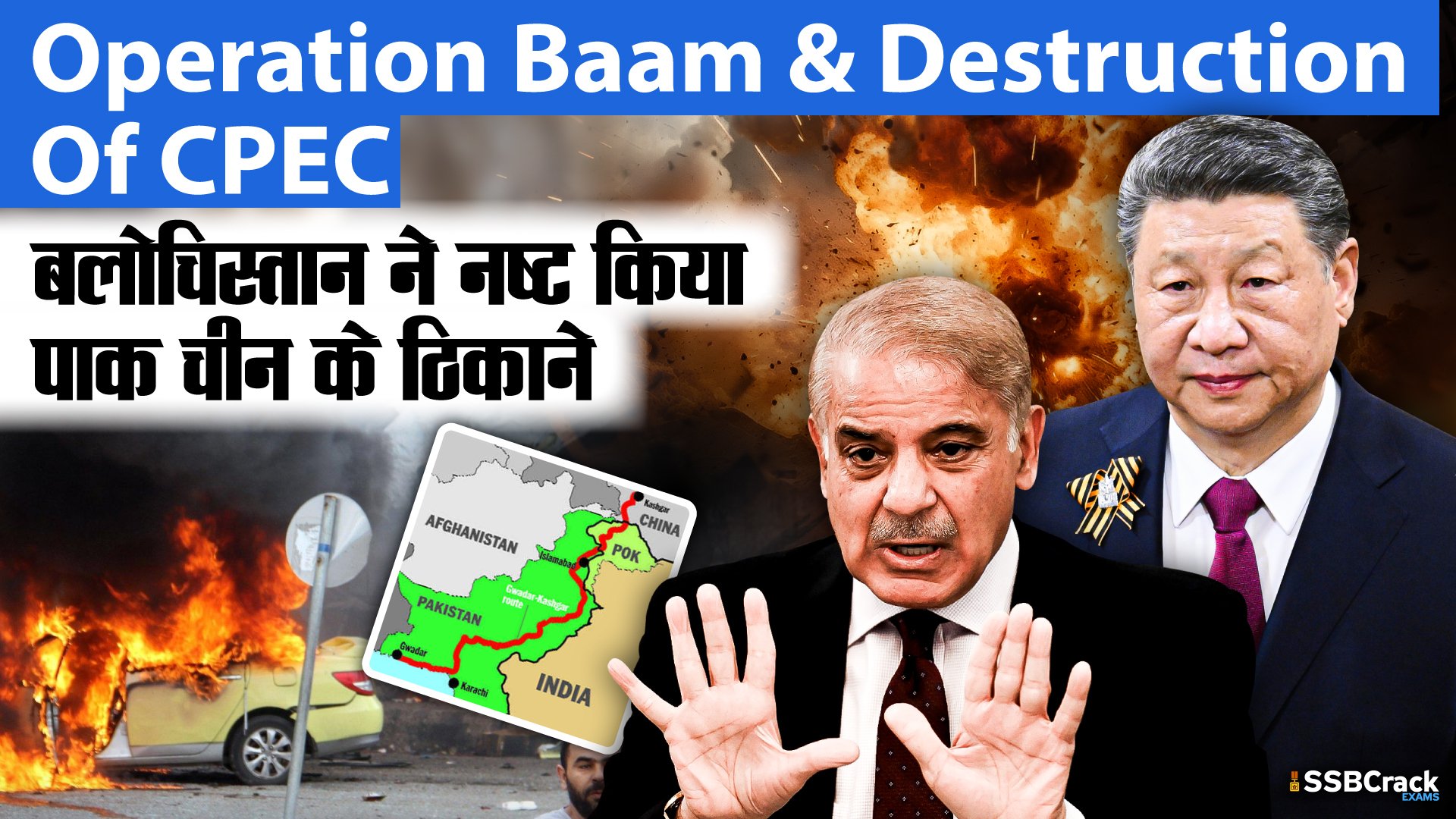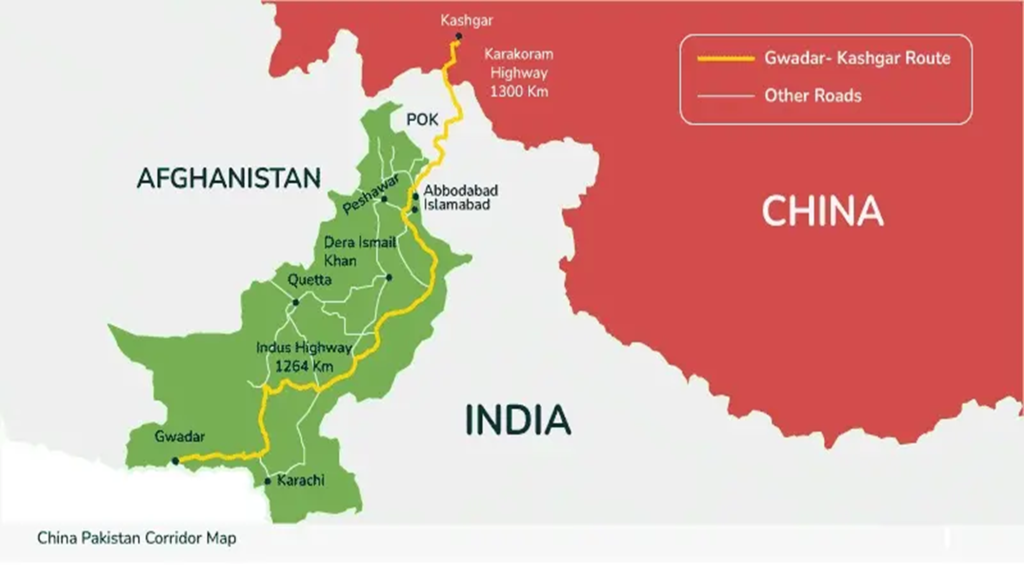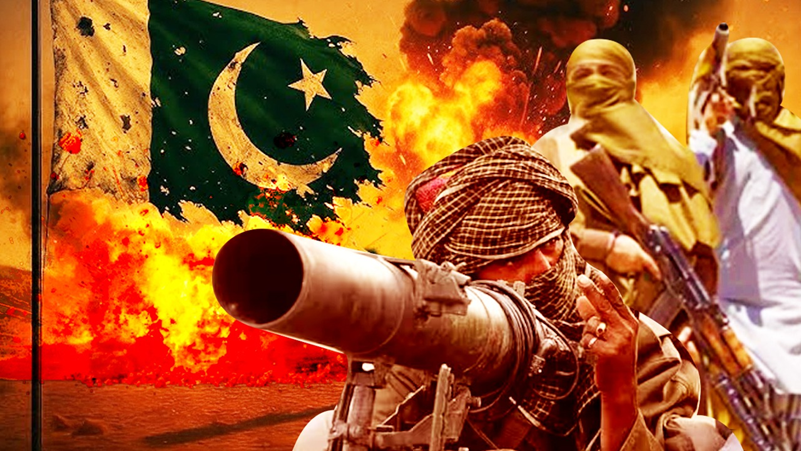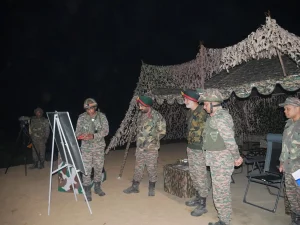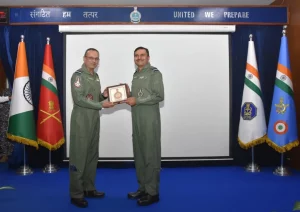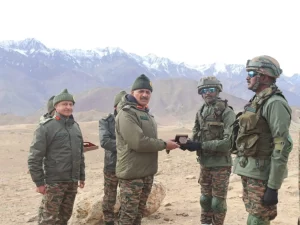Operation Baam (Dawn), launched by the Balochistan Liberation Front (BLF), represents the most extensive and coordinated militant offensive in Balochistan’s recent history.
Operation Baam
Operation Baam (Dawn), launched by the Balochistan Liberation Front (BLF), represents the most extensive and coordinated militant offensive in Balochistan’s recent history, crippling large parts of the province through over 70 simultaneous attacks across multiple districts. “From the Makran coastal region to the mountainous Koh-e-Suleman range,” the BLF has vowed to carry a series of “coordinated and multifaceted attacks against the enemy.”
The operation, named after the Balochi word for “dawn,” marks a strategic shift for the BLF from traditional hit-and-run tactics to open, frontal assaults on military posts, police checkpoints, and critical infrastructure. The attacks disrupted internet connectivity, halted train services, and blocked major highways, including key sections of the China-Pakistan Economic Corridor (CPEC)—a central feature of China’s Belt and Road Initiative.
Telecom towers were destroyed, and major roads such as the Quetta-Sibi Road and Kalat-Manguchar stretch were blocked, causing widespread paralysis of movement and commerce. The Balochistan Liberation Front announced the start of Operation Baam on July 8. Since then, the BLF has claimed responsibility for 70 attacks across the region.
“The Balochistan Liberation Front has announced that 80% of the objectives of its ongoing military campaign, Operation Baam, have been successfully achieved,” read a press statement issued by Major Gwahram Baloch, the spokesperson for the BLF.
What is BLF’s aim with the operation?
The Baloch Liberation Front has been at the forefront of Balochistan’s right to autonomy. The separatist group, founded in 1964, has accused Pakistan of exploiting the region’s resources and denying its people basic rights and autonomy. After independence from British India, Balochistan was declared an independent state. However, in 1948, after the partition, the region was incorporated into Pakistan.
